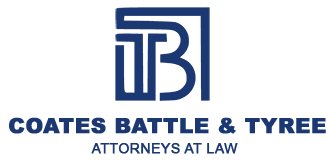Each year thousands of Virginia residents are involved in personal injury lawsuits – as either plaintiffs or defendants. In fact, many of our readers may know someone who was involved in this type of litigation. However, many people may still be curious about how, exactly, these cases move forward through our court system. Understanding the basics about personal injury lawsuits could help those who believe they may be able to press a claim.
Civil case basics
For starters, the basic concept of a personal injury lawsuit is that someone owed a duty to another person – such as a duty to operate a motor vehicle safely – and that the duty in question was breached. And, the breach of the duty must have directly lead to injuries for the victim in the case. Those damages must be quantifiable and provable.
A personal injury lawsuit starts when the victim files a complaint in civil court, which identifies the defendant, the basic facts of the case and states what remedy the victim is seeking. From there, the defendant must answer the complaint within a set period of time. After all of the initial paperwork is filed with the court, the parties can engage in what is known as “discovery.” This is when the parties are able to seek more information from each other, fleshing out the details of the allegations in the case and the damages being sought.
Ultimately, some cases proceed all the way to trial. However, many more cases will settle before a trial date arrives, either through direct negotiations between the parties or through alternative dispute resolution methods, such as mediation. Each case is unique, with unique facts, so the exact process of any given personal injury lawsuit can vary quite a bit.

